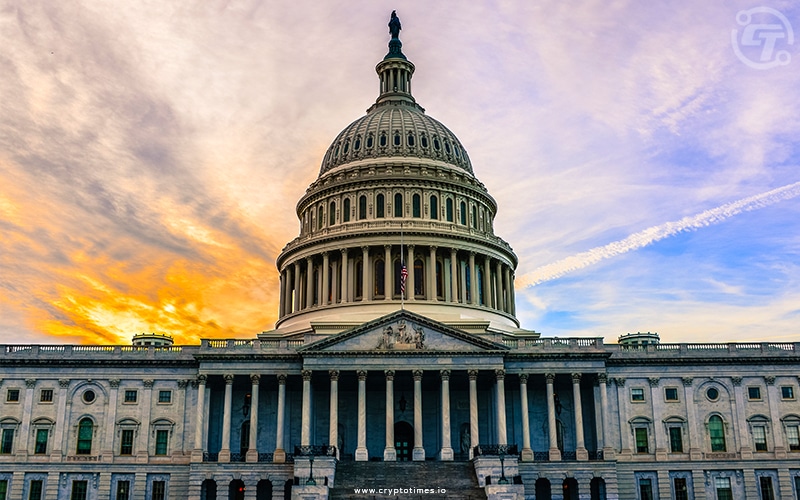The U.S. House Financial Services Committee released the first version of a potentially historic stablecoin bill that calls for studying a central bank digital currency (CBDC), as well as a halt on stablecoins backed by other cryptocurrencies.
A few days ahead of the April 19 hearing, it was made accessible through the House of Representatives document library. The bill gives the Federal Reserve control over non-bank stablecoin issuers like USDC issuer Circle and USDT issues Tether.
The bill represents the first major piece of crypto legislation to move in 2023, and two key incidents over the past year involving stablecoins: the blowup of terraUSD (UST), which was backed by a token; LUNA, and the USD coin (USDC), temporarily depegged from $1.
Also Read: Circle’s USDC Stablecoin De-peg Removed $10Bn Market Cap
It develops definitions for payment stablecoin issuers, repeating a term used by former Pennsylvania Senator Pat Toomey (R) when he submitted his own stablecoin law in 2022.
The ban on stablecoins such as UST would persist until a study could be done. The draft also calls for an investigation into the potential implications of a CBDC issued by the Federal Reserve.
According to the document, insured depository institutions aiming to issue stablecoins would be supervised by the relevant federal banking agency, while non-bank institutions would be supervised by the Federal Reserve. Failure to register may result in up to five years in prison and a $1 million fine. To do business in the country, issuers from outside the United States would need to apply for registration.
Circle’s CEO Jeremy Allaire said that “there is clearly the need for deep, bi-partisan support for laws that ensure that digital dollars on the internet are safely issued, backed and operated.“
Among the requirements for approval are the applicant’s ability to maintain reserves backing the stablecoins with US dollars or Federal Reserve notes, Treasury bills with a maturity of 90 days or less, repurchase agreements with a maturity of seven days or less backed by Treasury bills with a maturity of 90 days or less, and central bank reserve deposits.
As part of the drafted legislation is a two-year ban on issuing, creating or originating stablecoins not backed by tangible assets. It also suggests the fact that the U.S. Department of the Treasury would conduct a study regarding “endogenously collateralized stablecoins.“







